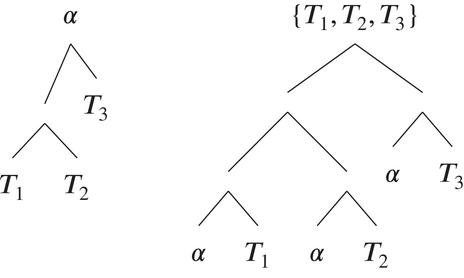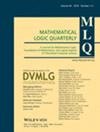积木的弱理论
IF 0.4
4区 数学
Q4 LOGIC
引用次数: 0
摘要
我们将parthood这一纯理论概念应用于有限序列的编码。我们提出了一种一阶理论,在这种理论中,有限序列编码是直观和透明的。我们利用可解释性将这一理论与罗宾逊算术、附属集合论以及有限字符串和有限树的弱理论进行了比较。本文章由计算机程序翻译,如有差异,请以英文原文为准。

A weak theory of building blocks
We apply the mereological concept of parthood to the coding of finite sequences. We propose a first-order theory in which coding finite sequences is intuitive and transparent. We compare this theory with Robinson arithmetic, adjunctive set theory and weak theories of finite strings and finite trees using interpretability.
求助全文
通过发布文献求助,成功后即可免费获取论文全文。
去求助
来源期刊
CiteScore
0.60
自引率
0.00%
发文量
49
审稿时长
>12 weeks
期刊介绍:
Mathematical Logic Quarterly publishes original contributions on mathematical logic and foundations of mathematics and related areas, such as general logic, model theory, recursion theory, set theory, proof theory and constructive mathematics, algebraic logic, nonstandard models, and logical aspects of theoretical computer science.

 求助内容:
求助内容: 应助结果提醒方式:
应助结果提醒方式:


